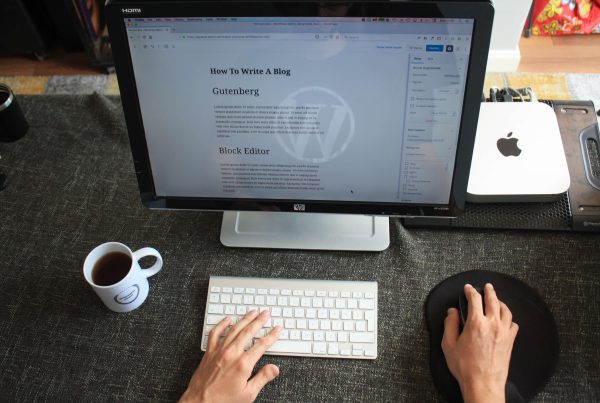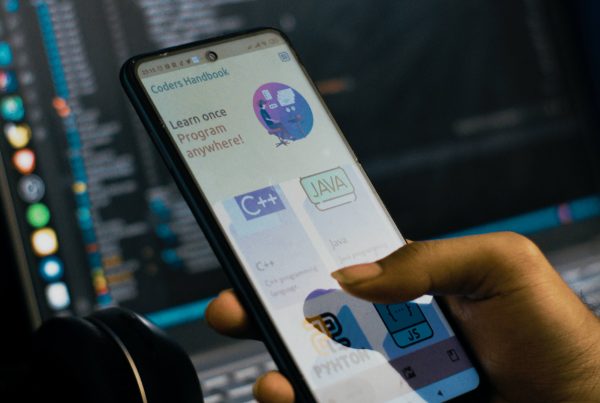Are you running a Software as a Service (SaaS) application? Are you aware of the potential security breaches that could put your business and clients at risk? In today’s digital age, incorporating strong security measures in your SaaS application is more important than ever. With cyber threats becoming increasingly sophisticated, it’s essential to take proactive steps to protect your sensitive data from falling into the wrong hands. In this blog post, we’ll be discussing why implementing robust security protocols should be a top priority for any SaaS provider and sharing tips on how to do so effectively. Stay tuned!
Introduction
As the world increasingly moves toward a SaaS model for software applications, it is more important than ever to make sure that these applications are built with strong security measures. Security must be incorporated into the design of the application from the ground up, and all aspects of the application must be considered when designing security measures.
In order to ensure that your SaaS application is secure, you need to consider both the server-side and client-side security. Server-side security encompasses all of the measures taken to protect the server on which your application resides. This includes things like firewalls, data encryption, and user authentication. Client-side security measures are designed to protect the client devices that are used to access your application. This can include things like two-factor authentication and malware protection.
It is important to incorporate strong security measures into your SaaS application for several reasons. First, it is important to protect your users’ data. If your application stores sensitive user data, you need to make sure that this data is well-protected against hackers. Second, you need to protect your own company’s reputation. If your application is hacked or if sensitive user data is leaked, this could damage your company’s reputation and cost you customers. You may be legally required to take certain security measures in order to comply with data privacy laws.
By taking steps to secure your SaaS application, you can help protect your users’ data, safeguard your company
What is SaaS?
SaaS is a software as a service delivery model. It is software offered by the provider on the web. Customers can access and use the software, typically through a web browser, while the provider manages the infrastructure and security.
The SaaS delivery model has many advantages for both providers and customers. For customers, SaaS can be a cost-effective way to get started with new software because there is no need to invest in hardware or installation and maintenance. And since SaaS applications are delivered over the Internet, they can be accessed from anywhere, making them convenient and flexible.
For providers, SaaS offers a recurring revenue stream and the ability to reach a large number of customers quickly and easily. But with these advantages comes increased responsibility for security. Because SaaS applications are hosted in the cloud, they are more vulnerable to attack than traditional on-premises software. And because customers access SaaS applications over the Internet, providers must take steps to secure not only their own networks and systems but also their customers’ data.
That’s why it’s so important for providers of SaaS applications to incorporate strong security measures into their products from the start. By working with experienced cybersecurity professionals, they can ensure that their products are built with security in mind and that their customer data is protected against today’s threats.
Why Security Matters for SaaS Applications
As the use of Software as a Service (SaaS) applications continues to grow, so does the need for incorporating strong security measures. SaaS applications are often used to store sensitive data, making them a prime target for cyber criminals. In order to protect your data and your business, it is important to incorporate robust security measures into your SaaS application.
There are a number of reasons why security matters for SaaS applications. First, SaaS applications are often used to store sensitive data. This data may include customer information, financial data, and other types of confidential information. If this data were to fall into the wrong hands, it could be used for identity theft, fraud, or other malicious activities. Second, SaaS applications are often accessed by users from all over the world. This means that if your application is not properly secured, it could be accessed by anyone, anywhere in the world. SaaS applications are often used by businesses to manage critical operations. If these operations were to be disrupted by a security breach, it could have serious consequences for your business.
In order to protect your data and your business, it is important to incorporate strong security measures into your SaaS application. Some of the measures you should take include:
1) Implementing authentication and authorization controls: Authentication controls help to ensure that only authorized users can access your application. Authorization controls help to ensure that users can only access the parts of
Different Security Measures to Consider
There are a number of security measures to consider when building a SaaS application. The most important thing is to ensure that data is encrypted at rest and in transit. This means that all information stored in the database should be encrypted and all communication between the server and client should be encrypted.
In addition, it is important to consider how user authentication will be handled. For example, will users be able to log in with their existing social media accounts? Or will they need to create a new account specifically for your application? If you do require users to create a new account, what kind of information will you collect from them?
It is also important to have a plan for handling data breaches. This includes having a way to quickly detect if there has been a breach, being able to identify which data was accessed or stolen, and having a process for notifying affected users.
It is worth considering investing in some form of insurance in case of a major security incident. This can help cover the cost of investigating and resolving the issue, as well as any damages that may have occurred.
Implementation of Security Best Practices
There are a number of security best practices that should be implemented in order to make sure your SaaS application is secure. These include:
1. Use strong authentication and authorization methods.
2. Implement data encryption.
3. Use a secure communications protocol.
4. Perform regular security audits and penetration tests.
5. Keep your software up to date with the latest security patches.
By implementing these best practices, you can help ensure that your SaaS application is secure and protected from potential attacks.
Testing and Monitoring Your Security Measures
When it comes to the security of your SaaS application, it is important to not only have strong security measures in place, but also to regularly test and monitor those measures to ensure they are effective. There are a number of ways you can go about testing and monitoring your security measures, which we will outline below.
One way to test your security measures is by conducting penetration tests, which are basically simulated attacks on your system that help identify any vulnerabilities that exist. You can either conduct these tests yourself or hire a third-party company to do them for you. Either way, it is important to make sure that you are testing all aspects of your system, including the application itself, the server infrastructure, and the network.
Another way to test your security measures is by using a tool like WebInspect or AppScan, which can automatically scan your application for vulnerabilities. These tools can be very helpful in identifying potential issues so that you can fix them before they become actual problems.
It is also important to monitor your system for any suspicious activity that might indicate an attempted breach. This can be done by setting up intrusion detection and prevention systems, as well as logs that track all activity on your system. By monitoring your system closely, you can quickly identify any potential threats and take steps to mitigate them before they cause any damage.
Conclusion
In summary, it is absolutely essential for SaaS application developers to incorporate robust security measures into their applications. The consequences of not doing so can be severe and include lost customer trust, damaged brand reputation and financial losses. By following best practices such as user authentication protocols, encrypting data and using secure cloud infrastructure providers you can ensure that your users’ information is kept safe from malicious actors. Ultimately, the key takeaway here is that strong security measures are integral to the success of any SaaS application in today’s digital world.



























